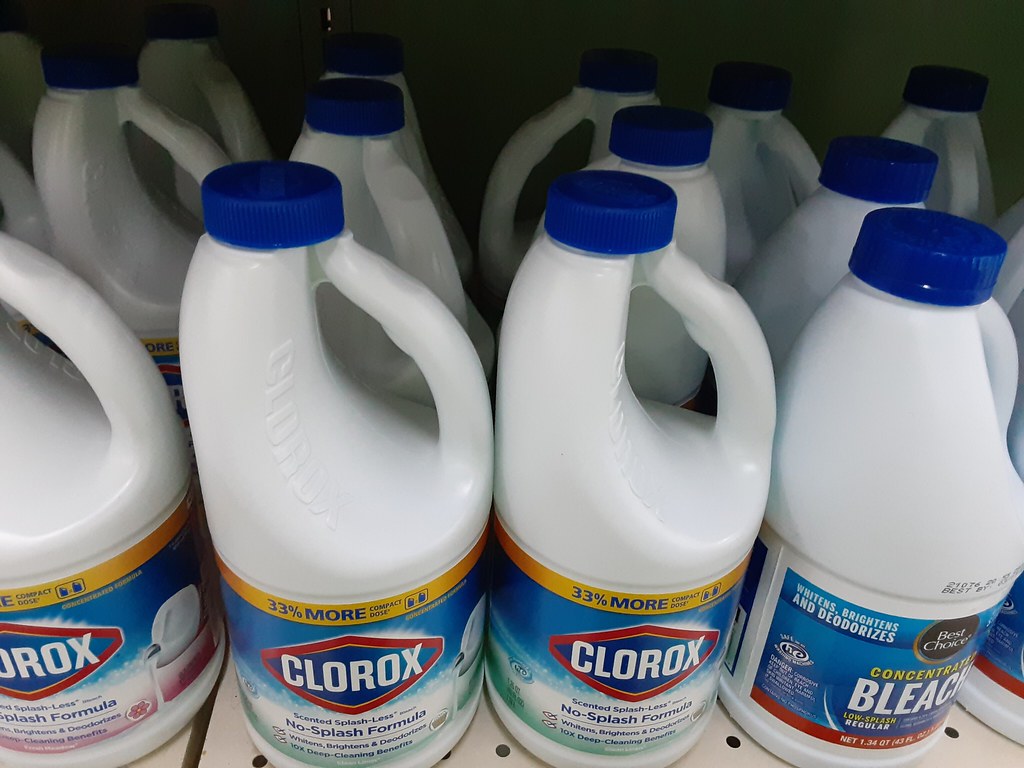Call us: 0414 493 412
Bleach is a common household item known for its powerful disinfecting properties. While it can effectively clean and sanitize surfaces, it poses significant risks that every household should be aware of. The hidden dangers of bleach extend beyond its immediate effectiveness, affecting both human health and the environment. Understanding these risks can help individuals make safer choices for their homes and families.
One of the most alarming dangers of bleach is its potential to poison people. Bleach contains sodium hypochlorite, a chemical that can cause severe health issues if ingested, inhaled, or absorbed through the skin. When bleach fumes are inhaled, they can irritate the respiratory system, leading to symptoms such as coughing, shortness of breath, and chest pain. In severe cases, exposure to bleach fumes can cause respiratory distress and damage to the lungs.
Accidental ingestion of bleach is another critical risk. Consuming even a small amount of bleach can cause nausea, vomiting, abdominal pain, and in severe cases, can lead to burns in the mouth, throat, and stomach. Children are particularly vulnerable to accidental ingestion due to their curiosity and tendency to explore their environment. Therefore, it’s crucial to store bleach out of reach of children and in clearly labeled containers to prevent accidental poisoning.
Moreover, mixing bleach with other household cleaners can create dangerous chemical reactions. For example, combining bleach with ammonia produces toxic chloramine gas, which can cause respiratory irritation, eye irritation, and even chemical burns. Similarly, mixing bleach with acidic cleaners, such as those containing vinegar or lemon juice, can release chlorine gas, a highly toxic substance that can cause coughing, breathing difficulties, and lung damage.
The environmental impact of bleach is another hidden danger. When bleach is washed down drains, it can react with organic matter in water systems to form harmful byproducts like dioxins, which are toxic to aquatic life and can persist in the environment for a long time. These byproducts can also contaminate drinking water sources, posing additional health risks to humans and wildlife.
In conclusion, while bleach is a powerful disinfectant, its hidden dangers should not be overlooked. By understanding the risks associated with bleach, individuals can take steps to protect their health and the environment. Opting for eco-friendly alternatives and practicing safe storage and usage of bleach can significantly reduce the potential for harm. Every small change in our cleaning habits can contribute to a healthier and safer home.
